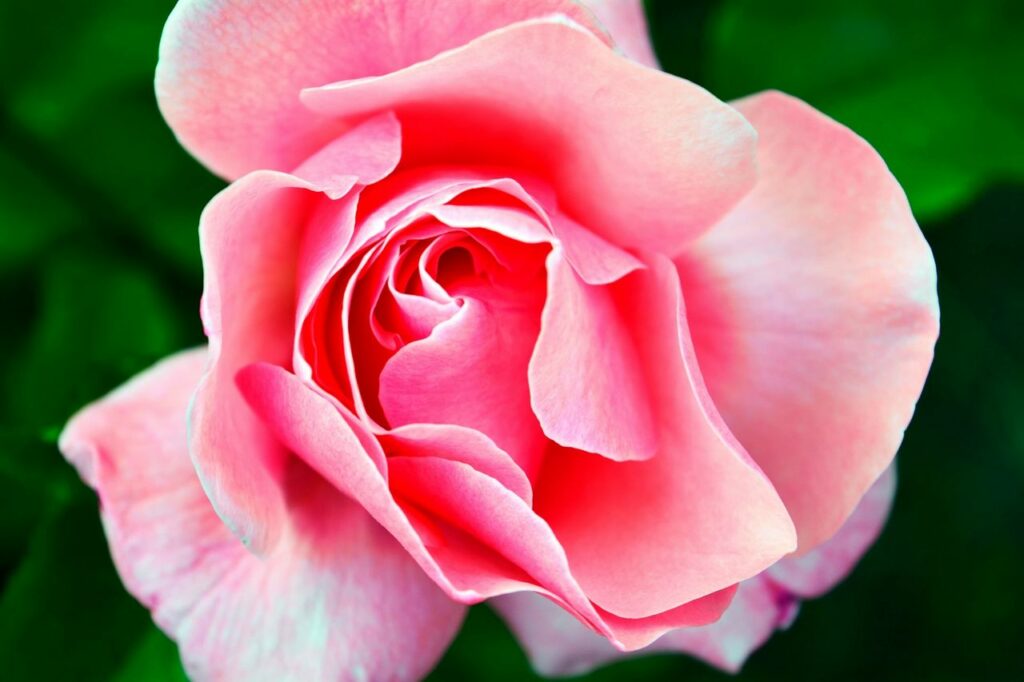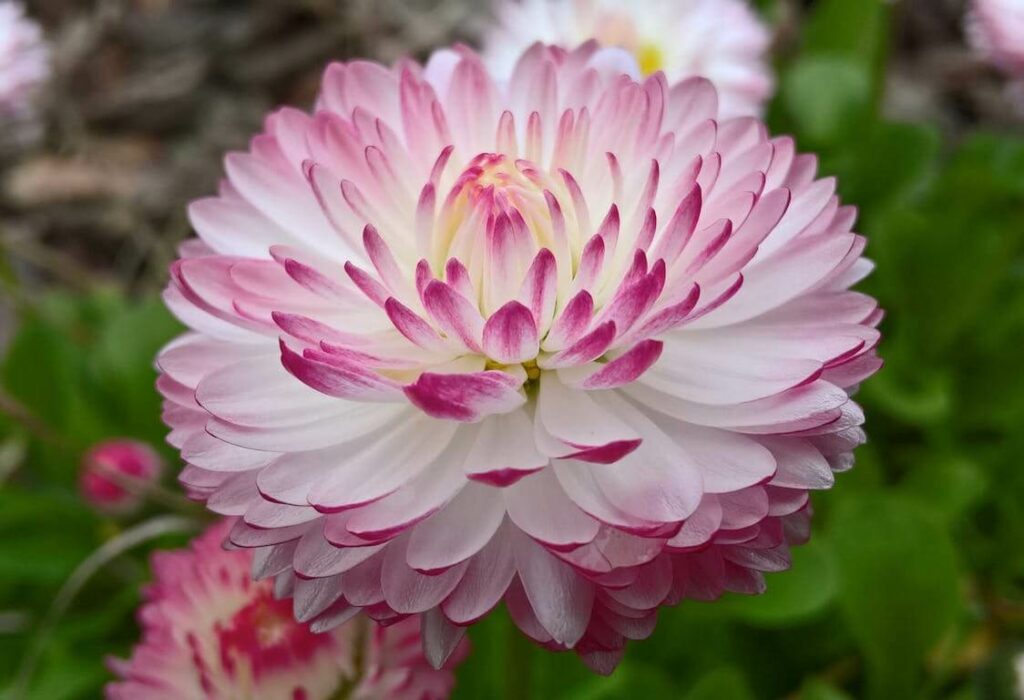If you’re anything like me, midlife seems almost overwhelmingly busy. I spend much of my time firefighting: work, family, finances, planning and a million items on my never-ending to-do list all jostle for priority, with my attention directed towards whatever is most pressing at the time.
There’s little time for reflection.
And yet, at midlife, I feel reflection is what’s needed most. We find ourselves at age we couldn’t imagine when we were younger (How did this happen? How did I get here? Where on earth did the time go?!) and even if we if did have that foresight then I wonder how many of us are thought we’d be where we find ourselves now? Perhaps some pieces of our lives are have fallen into place as we had imagined, or dreamt, they might, but more often than not midlife is a time of questioning: of our place in life, of our choices, perhaps of our very identity. The latter is particularly common in midlife women whose hormones are raging and especially those who are mothers. We find our children on the verge of making us empty nesters, leaving us wondering what on earth we are possibly going to do with our time now we won’t be constantly worrying about everyone, picking up damp towels and shoving them along with muddy sports kit into the washing machine and being a taxi service for sporting and social fixtures (or is that just me?).
If you feel you’re lacking in focus or somehow adrift in life then a Wheel of Life is great exercise to help look at your life with curiosity and perhaps help regain your focus and realign your course.
What is a Wheel of Life?
I was intrigued to discover that the Wheel of Life exercise is about as old as I am (around half a century –give or take a few years). As a tool, it offers a visual representation of a life subdivided into (usually) eight categories covering: family and friends, significant other, work, finances, health, environment, fun and leisure, personal growth. All of these can be adapted and personalised but the aim of the exercise is to give each category a mark out of ten dependent on your level of satisfaction in that particular area of your life.
Once you’ve completed your wheel, asking the right questions as prompts afterwards helps you reflect upon ways in which you might improve your scores (or in other words how you perceive your life) in each of these sections.
I first did a Wheel of Life reflection exercise a few years ago and I loved it. It gave me an instant helicopter view of my life, identifying areas that needed extra consideration which I followed up with some journaling which clarified some thoughts that I didn’t even know I had!
The wheel is a powerful symbol deeply embedded in the human psyche. It represents so many things: movement, the cycle of life, change, balance and the turn of the year to name a few. I love to practice a Wheel of Life reflection at significant times during the Celtic Wheel of the Year: the Equinoxes and Solstices seem to me to be natural times for reflection. In Spring we prepare the groundwork, in Summer we nurture growth, in Autumn we celebrate and harvest and in Winter we consider and plan. Engaging with these reflections and assessing them regularly helps me stay on track for my goals (which sometimes might shift and change according to the season or where I feel I’m at).
Yoga and the Wheel of Life
Yoga is a wonderful adjunct to the Wheel of Life as some of its practices – breathwork, meditation and other techniques that help access your intuition (your third eye or pineal gland for those of us who are more scientifically-minded) – can be used before any journalling prompts. These encourage us to move out of our conscious, logical Beta brain and move into a more intuitive, Theta brain state – the daydream state during which your brain is highly creative. The novelist Irish Murdoch used to stare out of the window to induce this state (I think we can all relate this, although perhaps not the genius drumming up of words) while inventor Thomas Edison used to nap sitting with an object in his hand. As he drifted off and entered the dreamlike state he would drop the object, it would wake him up and he would then write down any ideas that came to him (hence the phrase “the penny dropped.”) Meditation, breathwork and hypnosis can all work to create this state, and when we dive deep into this state it is often where answers can be found.
What makes you happy and fulfilled?
Just as we all have very different dreams, we also know that life balance is personal and unique: what feels satisfying and balanced for one person may be stressful or boring for another. In my yoga classes I always teach that your body is your best teacher, and know that life is as in yoga. You are your own best guide. Once you ask yourself the right questions, and take time to stop and listen, the answers that arise are always the most valuable and profound.
If you would like to join my monthly Wheel of Life yoga and journaling course you can start on two dates:
Online on Monday 9th September, 8-9pm. (Message me to book)
At Westbury Wildlife Park on Sunday 15th September, 10am-12pm. (Booking available online)
More details and booking can be found here.


